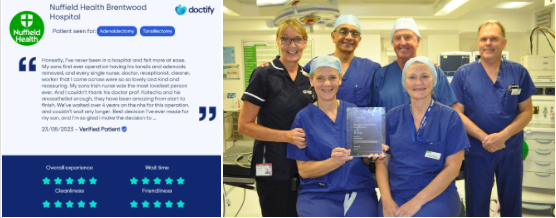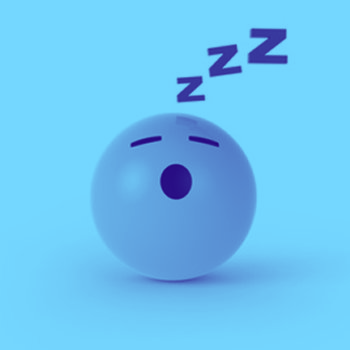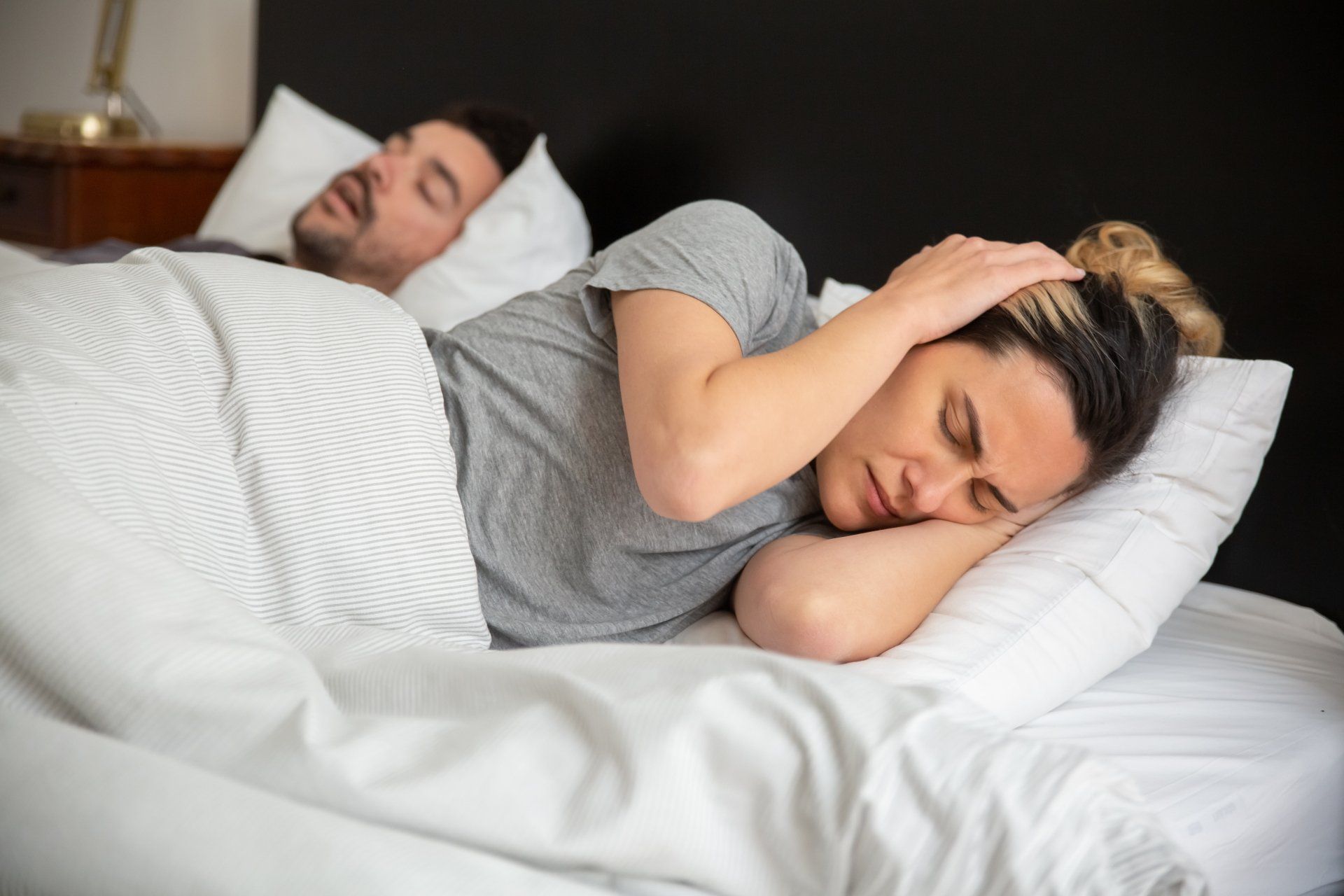Snoring and sleep apnoea: a guide on typical symptoms and remedies
Sleep Apnoea: Common, but not always easily detectable, sleep apnoea affects millions of people globally. Usually marked by pauses in breathing or short breaths during sleep, it can seriously affect general health and quality of sleep. Early recognition of the symptoms can help to avert more serious health consequences and enable good management. This article offers a thorough overview of sleep apnoea symptoms together with doable remedies for control.

Acknowledging the Sleep Apnoea Symptoms
'Loud snoring,' one of the most obvious symptoms of sleep apnoea,' is widespread but, when paired with quiet pauses and gasps for air, it can be a vital clue. Usually observed by a partner, these "breathing interruptions" are periods of sleep when breathing stops, often hundreds of times a night, seriously upsetting sleep patterns. Furthermore, sufferers may have "gasping or choking" sensation while sleeping, which can be alarming and terrifying and cause major interruption of their sleep. 'Excessive daytime sleepiness,' another important symptom, causes people to find it difficult to stay awake during daytime tasks including driving or working, therefore increasing their risk of accidents and compromising their daytime performance.
Untreated Sleep Apnoea: Complications
Ignoring moderate or severe sleep apnoea can cause a number of major medical problems. These include 'hypertension, heart disease, and stroke,' since sleep's recurrent oxygen deprivation strains the cardiovascular system. Additionally, if left untreated it is more likely to cause "type 2 diabetes". Cognitively, untreated sleep apnoea influences memory, focus, and can cause irritation and sadness, therefore profoundly influencing mental health and quality of life.
Lifestyle Changes to Reduce Symptoms
Often the first step in treating sleep apnoea is adjusting one's lifestyle. Given obesity is a major risk factor, "weight management" is absolutely vital. One can either improve or even eradicate symptoms by even a small weight loss. Sleeping on one's side or "positional therapy" can also help to prevent the common problem of the airway compressing during sleep. Moreover, avoiding alcohol and smoking will help since both can enhance throat muscles to relax, therefore aggravating the airways obstruction during sleep.
Medical Therapies and Treatments
Should lifestyle changes prove insufficient, medical appliances may be required. A 'Continuous Positive Airway Pressure (CPAP) machine,' which pumps air into the pharyngeal lumen to keep the airways patent during sleep, is the most often recommended therapy. Dental or oral appliances, can aid patients who find CPAP machines uncomfortable by varying the jaw or tongue position in order to maintain the airway open. Severe selected cases may need surgery, including techniques to remove excessive tissue from within the throat to improve the upper airway dimensions and hence the airflow.
Resources and Support
Managing sleep apnoea is a lifetime endeavour, and peer and healthcare professional support can be quite useful. Participating in online forums or a ‘support group’ will enable people to share their experiences and solutions, therefore lowering their isolation. Monitoring the condition and adjusting treatment plans depend on regular ‘check-ups’ with a healthcare professional.
Conclusion
Maintaining health and quality of life depends on recognising and treating sleep apnoea symptoms. Effective management of the condition will improve the quality of life of the sufferer and their partner. Do see a healthcare professionalfor a correct diagnosis and customised treatment plan if you or a loved one suspect sleep apnoea.








